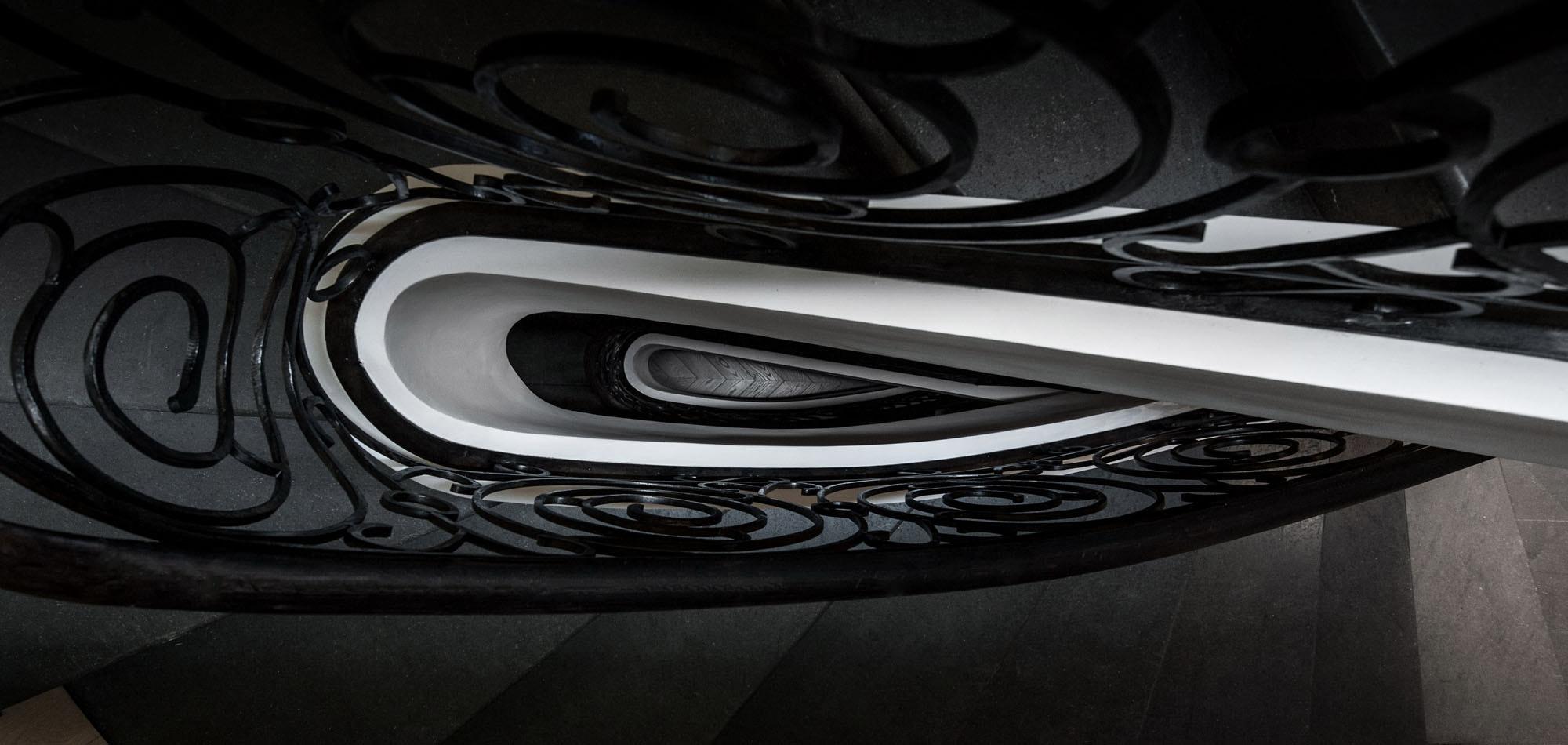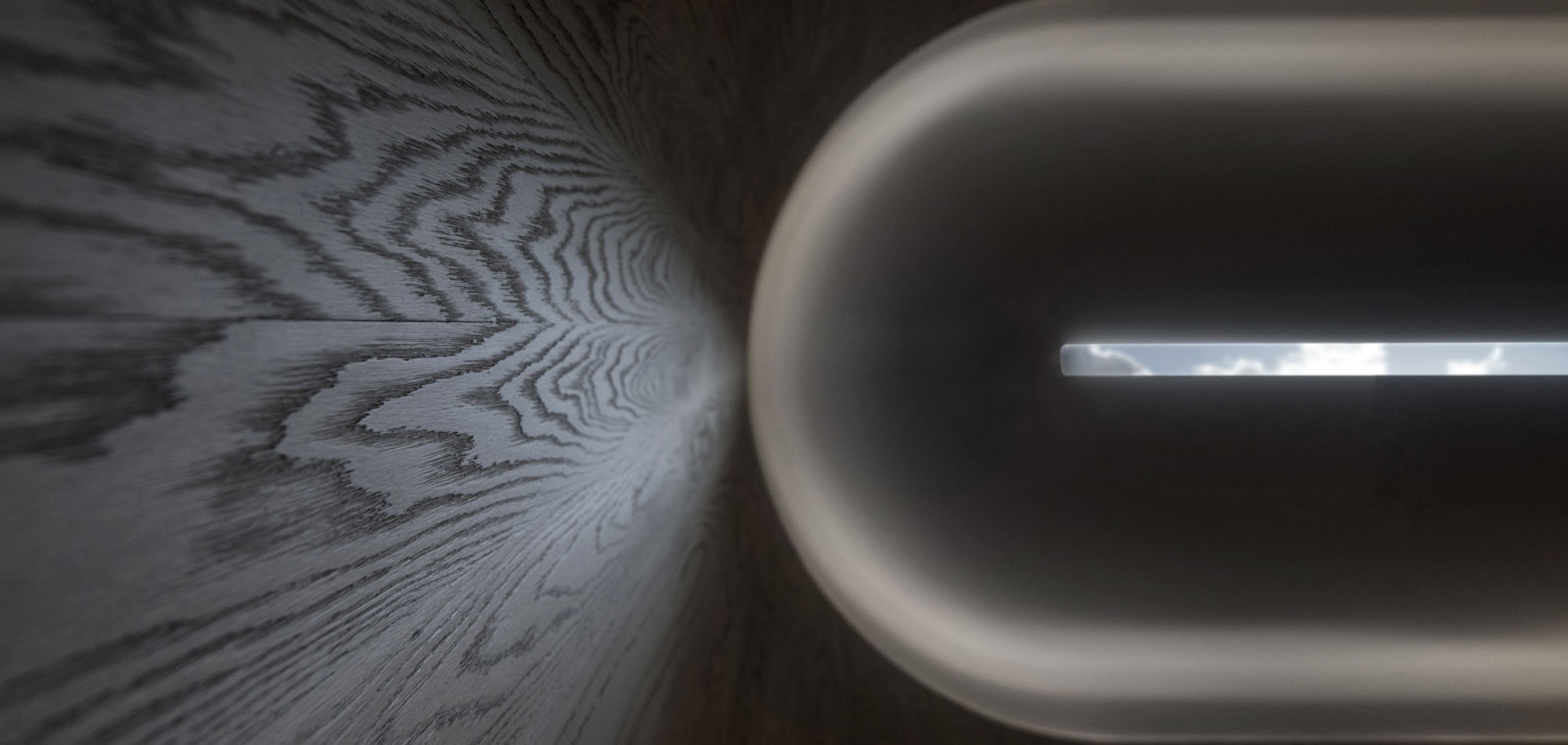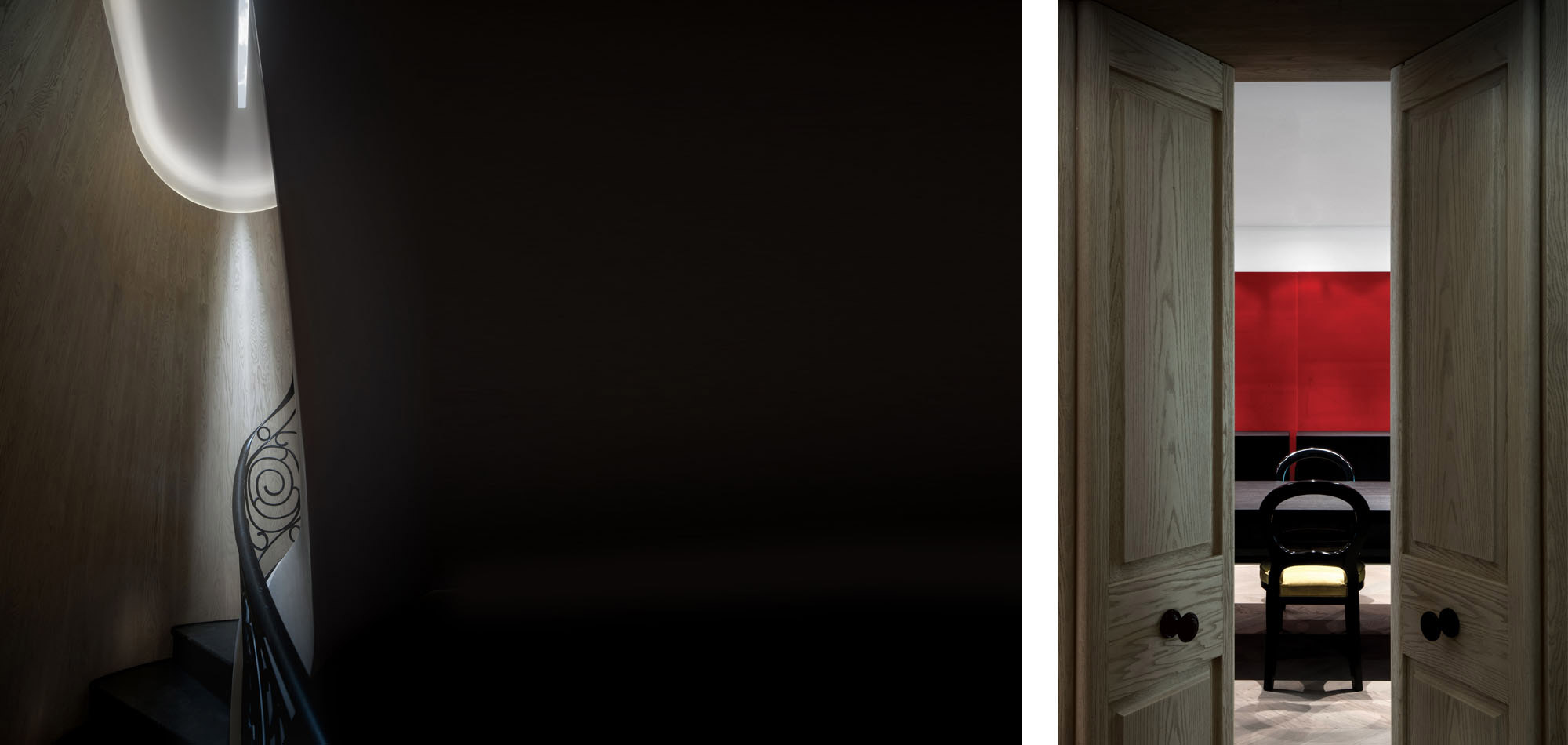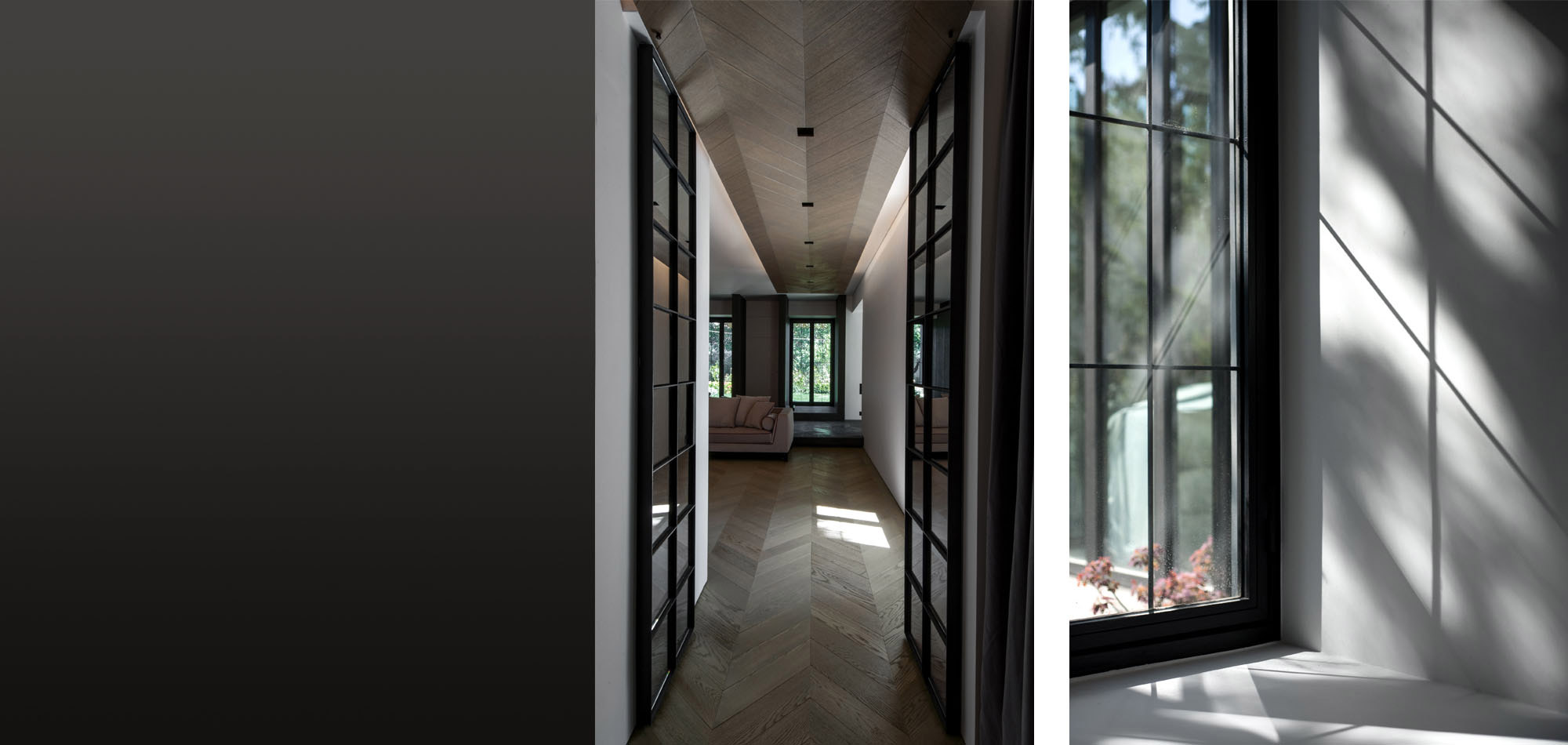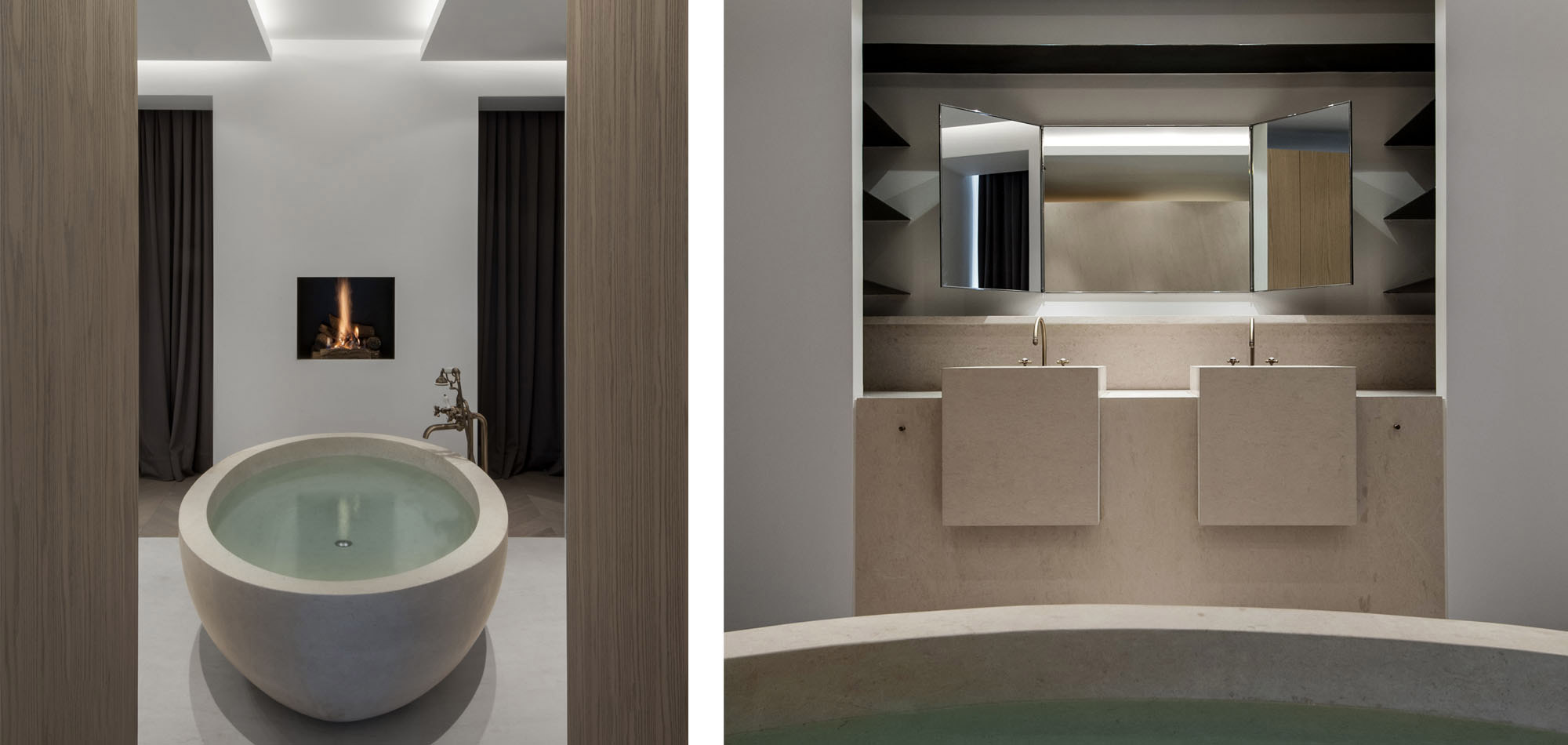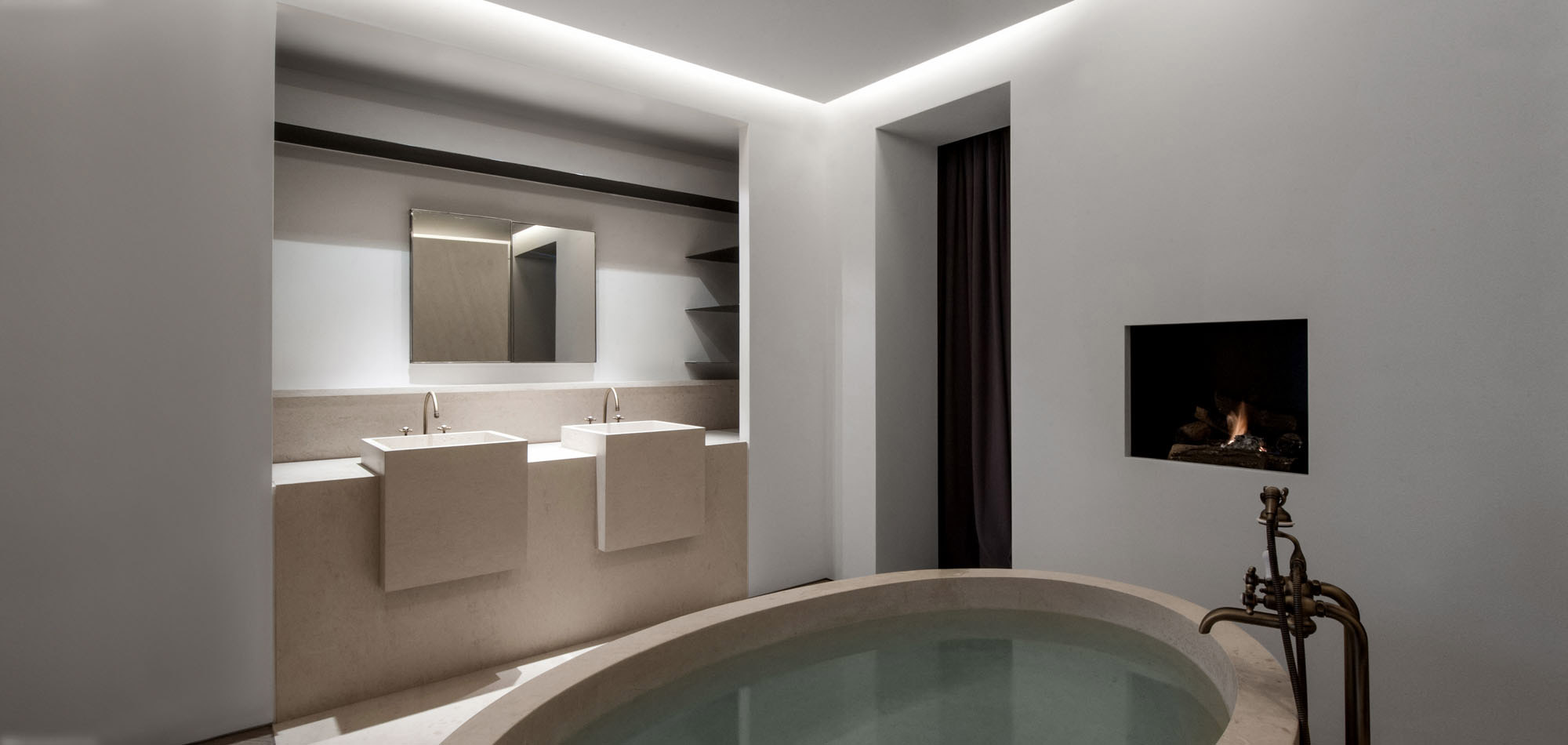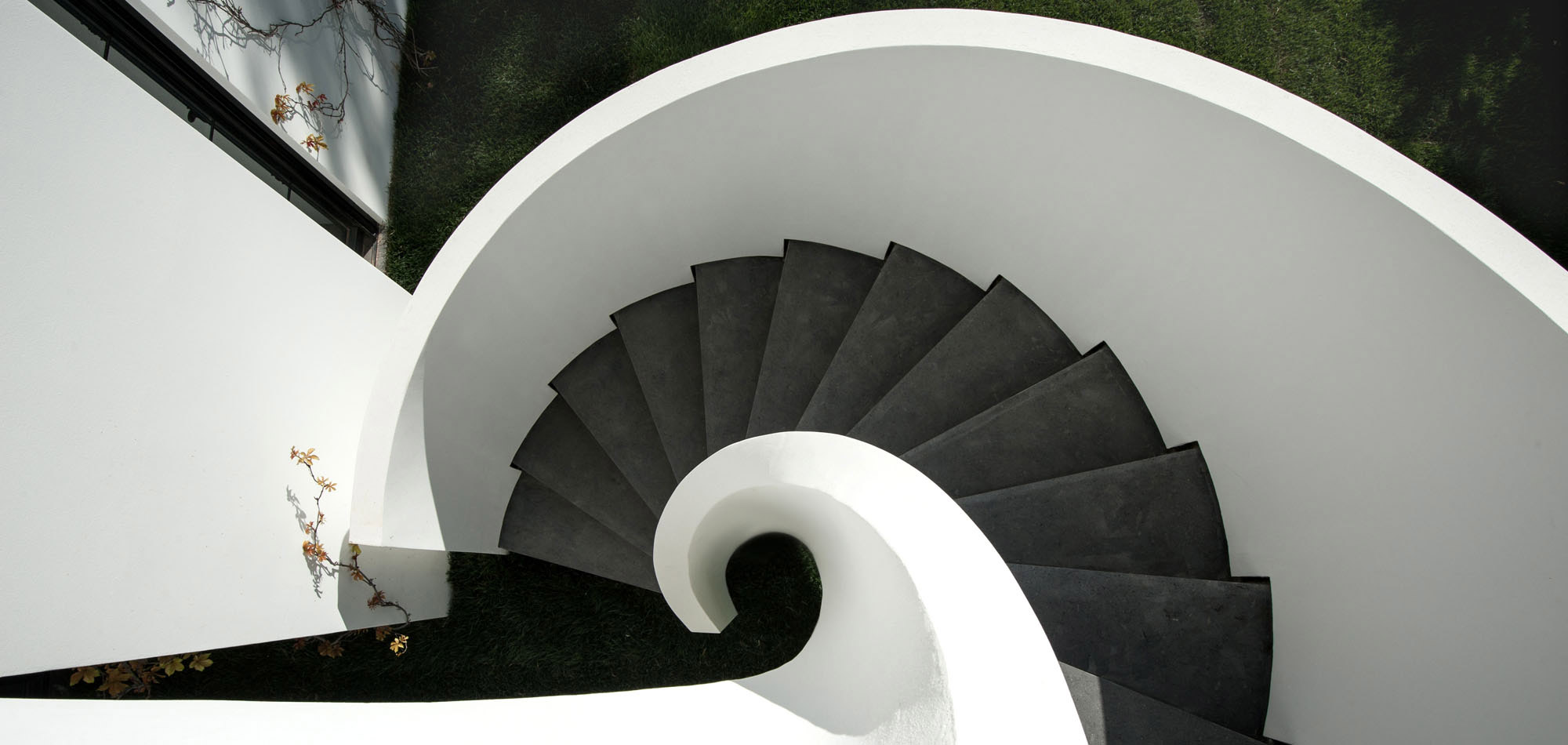The project concerns the renovation of a single detached family house, located in the suburb of Politeia, in northern Athens. Our clients, a young couple, inherited the house which was built in the 1980s. Although the building was spacious and well placed within its plot, it was facing some serious issues. The volumetric composition was not at all articulated and various mending and additions, in association with a scruffy landscape, added to a cluttered, busy and un-resolved image.
We decided to enforce drastic changes on the residence’s coherence so that it would meet the residents’ needs. The location, Politeia is an upper market suburb of northern Athens. Since the late 19th century, Politeia and the neighboring Kifissia attracted the rich and prosperous Athenians as holiday destinations for their qualities of nature, green scenery, clean air and cool breeze. Ever since, a lot of things have changed, the population rate has gradually increased since the 1960s, but fortunately the suburbs’ character has not been irrevocably altered.
The design process initiated with the architectural cultural context analysis. Kifissia and Politeia are even today characterized by the grandeur of houses from another era. During the period 1880 until 1930 a series of luxurious villas, a typology until then unknown to Greece, were built by European and Greek architects who imported western design traditions and mannerisms. The picturesque villas were stylistically a fusion of romanticism and classicism, characterized by influences from Swiss vernacular architecture, castles and towers of the middle ages and various stylistic additions irrelevant to the local tradition, borrowed mainly for the semiology and romantic iconography associated with them. The most prominent architect of the era was Ernst Ziller.
Our clients communicated their wish for a house with personality and distinct ambience, in touch with the natural surroundings, but in the meantime practical enough to cater for their needs. Before its renovation, the residence was stuffed with the legacy of previous generations. Apart from their wish to alleviate unwanted clutter, it was significant to them to preserve a collection of objects, as artifacts of family history and collective memory. The existing structure’s position within the site and the main volumetric decisions were of some merit, but the internal zoning, layout and circulation were lacking in clarity coordination and coherence. Other problems and deficiencies concerned the various alterations and decorative elements, added over the years, that accorded the house with an obstructed, confused and confusing appearance.
The design process commenced with the redefinition of the program and the re-set of the programmatic zones. The communal spaces, living, dinning and kitchen were situated on entry level, the private quarters on the first floor and, lastly, the services were gathered on the underground floor. Furthermore, the façades were adjusted to accommodate the new functions and acquire a clear and well defined appearance. The façades were freed from overhangs and the small punctured windows were replaced by balconies and larger vertical openings. The front façade’s openings are the larger ones and they were clearly outlined with basaltina rock. The formerly fragmented and discontinuous façade acquired a rather eclectic formal unity governed by the newly established axial relationships. The entrance of the site was redefined, alongside with a clear linear path to the entrance of the house. The side and rear façade were fitted with conservatories that bring light into the house and provide passive heating during the cold months acting as winter gardens. These green areas also allude to the horticultural tradition of the area. The study of light and shadow were of paramount importance during the design process. The way darkness succeeds light in a perpetual hunt is depicted through the newly formed windows, allowing the user to become a spectator. The light on the walls hints for a shifting timeline along them, in a sense connecting the path of the sun and life within the residence. Natural and artificial light is part of our architectural arsenal, allowing focusing attention and increasing awareness. The varying qualities of light in the living room of the ‘Reanimate’ residence emphasize on the space proportions and the space’s volume, as well as the variety of materials being used – all natural and especially chosen for their texture and visual appearance. Materials that will age and weather, whose wear and tear will add to their appeal. Basaltina volcanic rock, used as a flooring and façade element, was chosen for its rough porous texture and its color. Among other materials, sandblasted oak wood was used on the herringbone patterned French floors, brass and steel for custom windows and fittings, Bukhara stone in the restrooms and glass for various surfaces. The aesthetic impact of the interior is based upon the contrast between rough and smooth. The creation of the garden follows similar aesthetic principals to those of the residence. The selection of plants was based upon their aesthetic and sensory qualities manifested by their philotaxy, color, texture and smell. We envisaged a garden with a casual chorotaxical character and playful disposition rather than a more formal concept - faithful to strict horticultural stereotypes. The plants change according to seasons, giving a unique appearance every time and, thus, allowing the residents to experience the change of time. An anchoring is established both on time and place.
The house gives the overall impression of simplicity, whereas in fact, architecturally, it is quite a complex creation. The ethos of the project advocates that luxury in architecture is not about extravagance, but rather simplicity. Harmony, clarity and a sense of calm are the dominant ingredients of this design approach.

